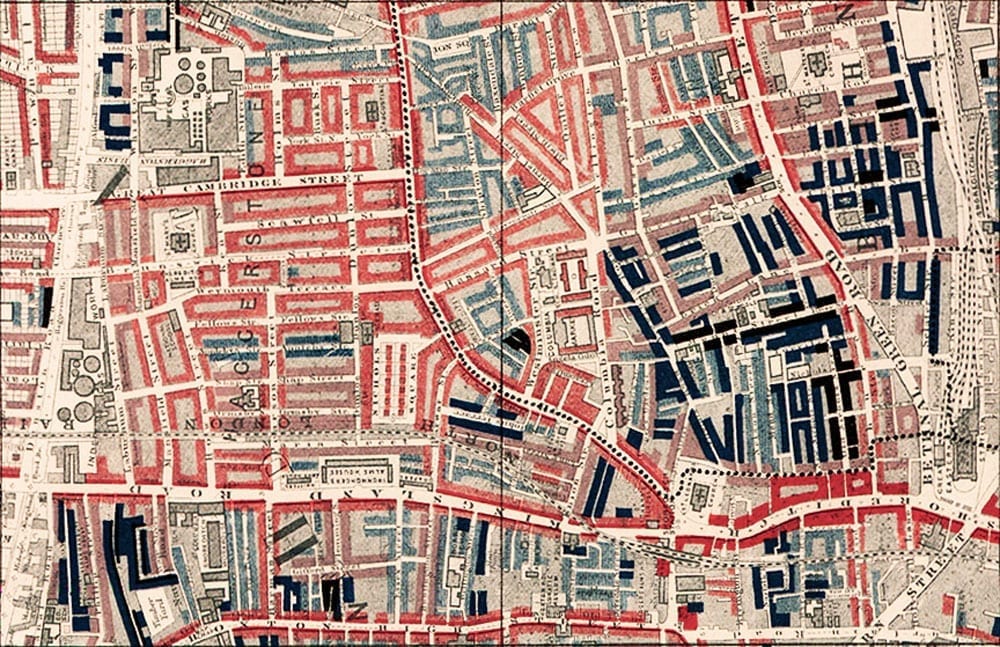The Return of Character: Parallels Between Late-Victorian and Twenty-First Century Discourses
Journal paper by Nick Taylor
Sociological Research Online, Volume 23 (2)
June 2018

Abstract
There has been an increasingly common trend in the UK to identify character skills and traits as the basis for various individual successes and achievements. In education policy and employment services, character has been linked to the making of successful, morally aware, employable and socially mobile citizens.
This article explores the late-19th-century use of character discourses, focusing on the economist Alfred Marshall. During this period character was associated with future-oriented subjects – those displaying provident and thrifty habits and dispositions – and held particular class, race, and gender prejudices. The article draws parallels between this late-Victorian approach to character and the ‘return’ of character in 21st-century education and welfare-to-work policy, in particular, where cultivating character is linked to improving employability and social mobility.
We can make productive comparisons between character’s Victorian legacy and its re-emergence more recently amid increasingly moralised discourses around poverty, inequality, and unemployment. In doing so, we might better understand the historical antecedents to stigmatising character discourses today, insofar as they leave the burden of responsibility for particular social outcomes in life and the labour market with individuals and their ability to cultivate their own human capital.
The article can be downloaded via the Sage Journals website. Should you have difficulties accessing the paper, please email Nick Taylor for a copy.
